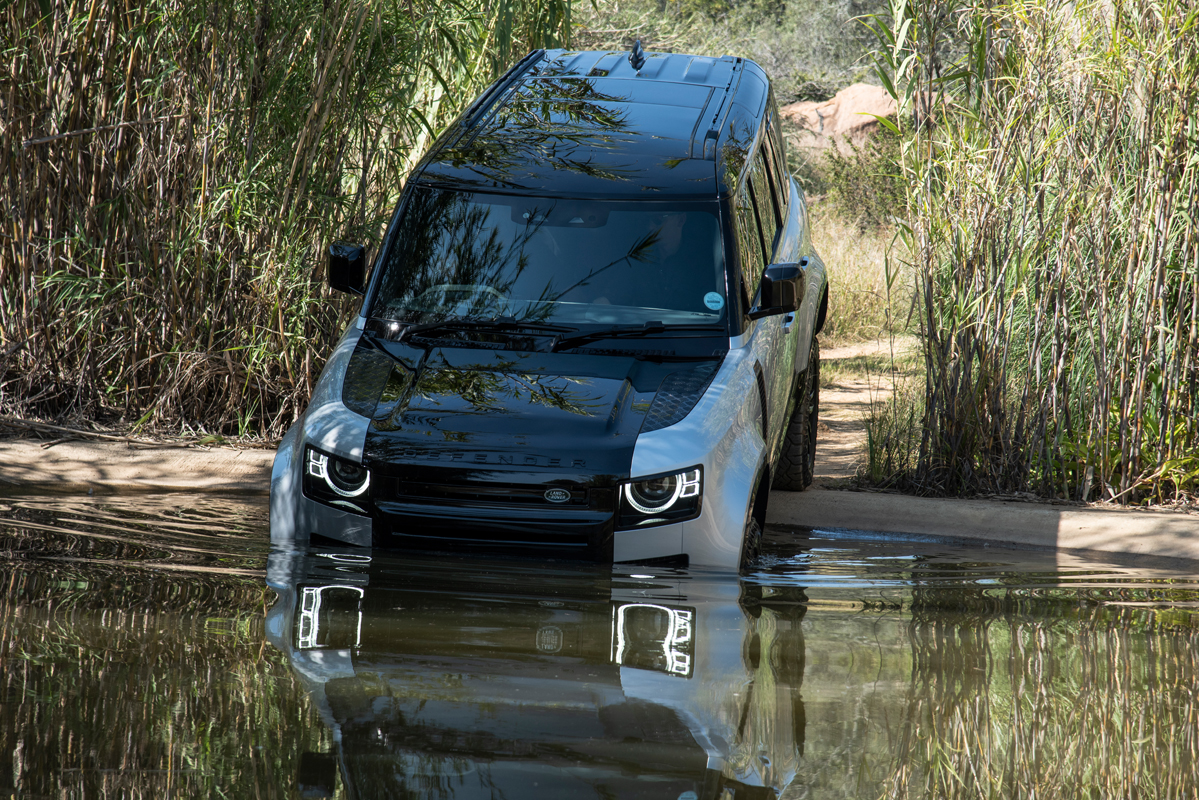
It would be fair to say that the new Land Rover Defender, introduced in 2020, has been a huge hit for Jaguar Land Rover in both South Africa and around the world. Even before the wailing and gnashing of teeth at the announcement that the ‘old’ Defender was to cease production had died out, the ‘new’ Defender was gaining plaudits for successfully updating the theme for the 21st century while losing none of the practicality or ability.
While there will be those who will maintain that new will never be anywhere as good as old, a morning spent with the new Defender at the Land Rover Experience in Lonehill, Johannesburg, showed the importance of not believing everything the naysayers tell you. To put it simply, the 2024 Land Rover Defender is one of the most astonishing driving experiences we’ve ever witnessed first-hand.
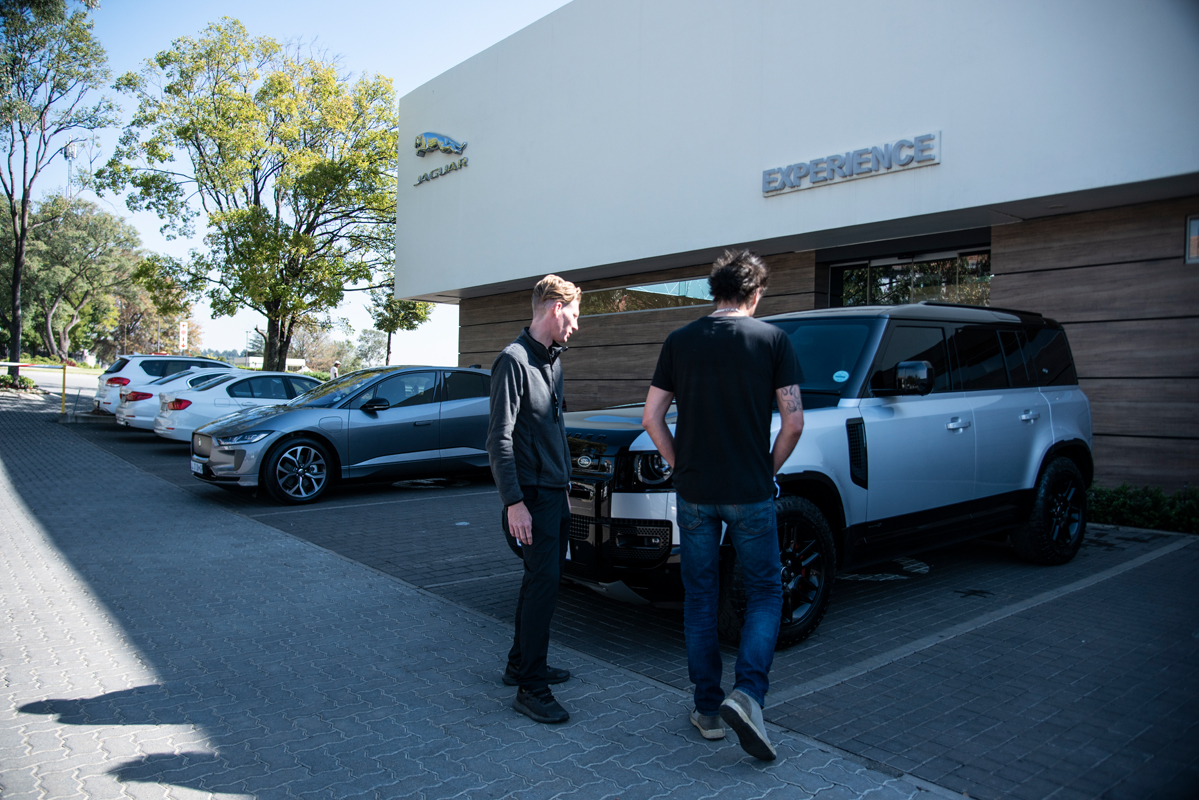
The course we were invited to attend is not an extensive affair; an hour and a half might seem short but it was all that was needed to make us realise how far 4X4 technology and driving ability has come, even in the world of Land Rover.
Personally, the sum total of my own four-wheel off-road experience involves messing around on a friend’s farm for days in a fifty-year-old Series 3 Land Rover, with death or dismemberment never far away and a session with an osteopath a necessity at the end of it. The capabilities of the vehicle were impressive but you needed to know what you were doing if the above were to be avoided, or if you simply wanted to return to base at the end of the day. ‘Go Anywhere’ it certainly was but ‘Qualifications Required’ was a prerequisite.
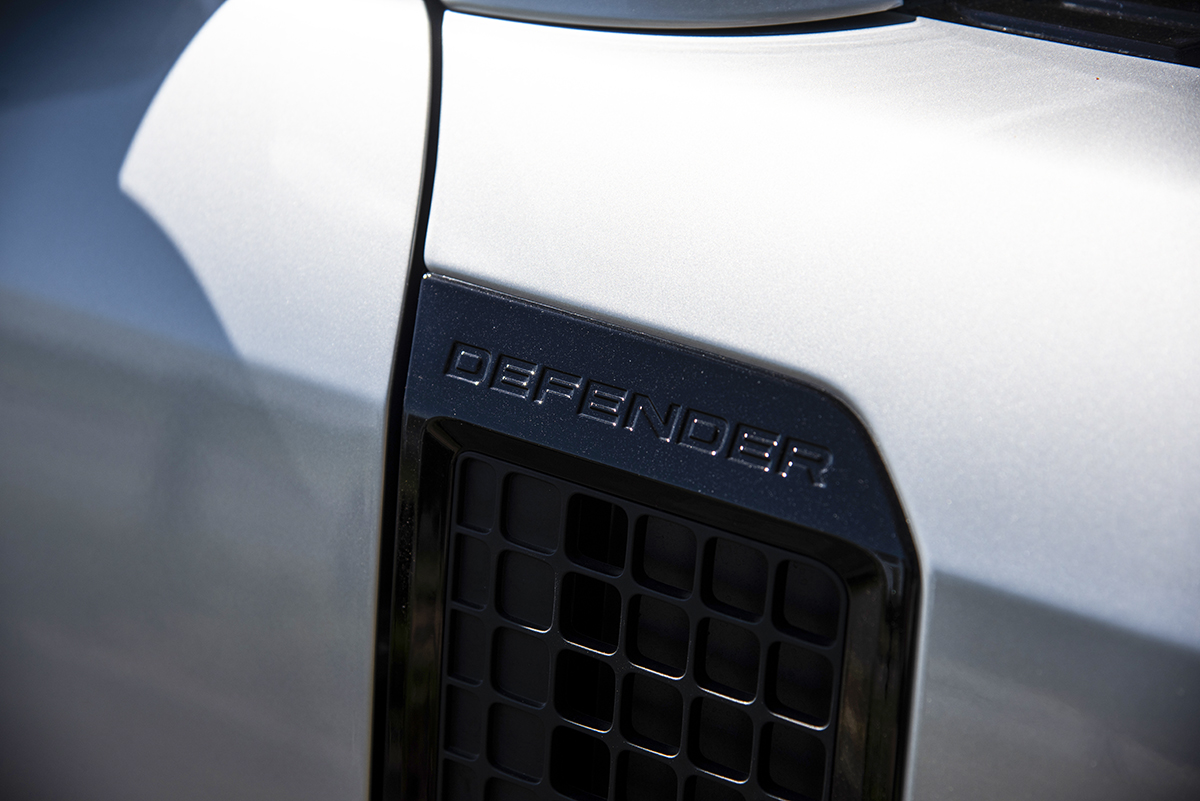
Of course, we knew that things had moved on in the intervening decades but we simply weren’t prepared for how much they have moved on. If I said that, in the new Defender, you are closer than ever to a self-driving 4X4, you would likely either scoff with disbelief or express concern that yet another driving pastime is being taken away from us.
But the simple truth is that the electronic and computer systems on the Defender are so sophisticated and so all-encompassing that, when combined with the innate ability of the Land Rover platform, the vehicle can perform barely believable feats, whilst simultaneously cocooning the passengers in a level of comfort that was previously the sole preserve of a Range Rover.
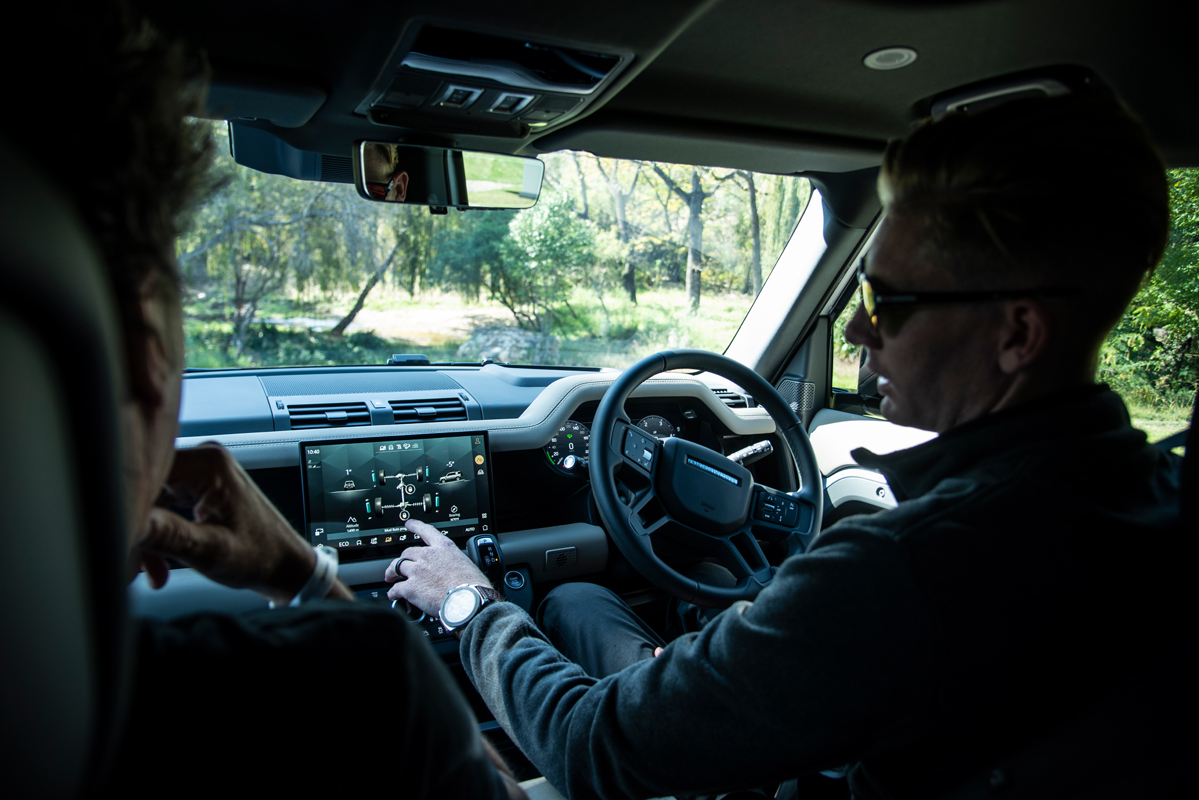
The Land Rover Experience as sampled is not a training course; it exists primarily to provide current or new Land Rover owners a taste of what their vehicle is capable of while attempting to give some understanding of the many different systems available. You will likely leave more confused than when you started but what it does do is give you an appetite to delve deeper into the capabilities of the Defender; this is a car that will reward greater understanding.
At first glance, you wonder what on earth the new Defender has in common with the old, other than name and ability and certain design cues. No Defender was ever this comfortable – luxurious even – which possibly gives some indication why Land Rover felt the classic model had come to the end of its natural life; it was simply too old-fashioned to compete with the competition, let alone pass increasingly stringent safety legislation. Sure, there would be die-hard enthusiasts and off-roaders and, possibly, military regimes that would have continued to buy it but never in the numbers required for a sound business proposal.

Time marches on and the old Defender had to die but, if its death has led us to the new Defender, then we have to consider ourselves lucky. Quite apart from the luxury which, conveniently, isn’t completely without practicality in the cabin, the Defender seems to defy all the known laws of driving physics.
Faced with an incline up which it would be difficult to walk, one would think that a bit of a run-up and a dose of speed and momentum would be required which, given the terrain on the slope, would likely result in something being damaged. Not at all! Select the correct terrain setting via the central screen and set the electronic throttle to dead slow, take your foot off the brake and it simply crawls up the incline, the computers sorting out available traction, with no hesitation in forward motion and no drama whatsoever.
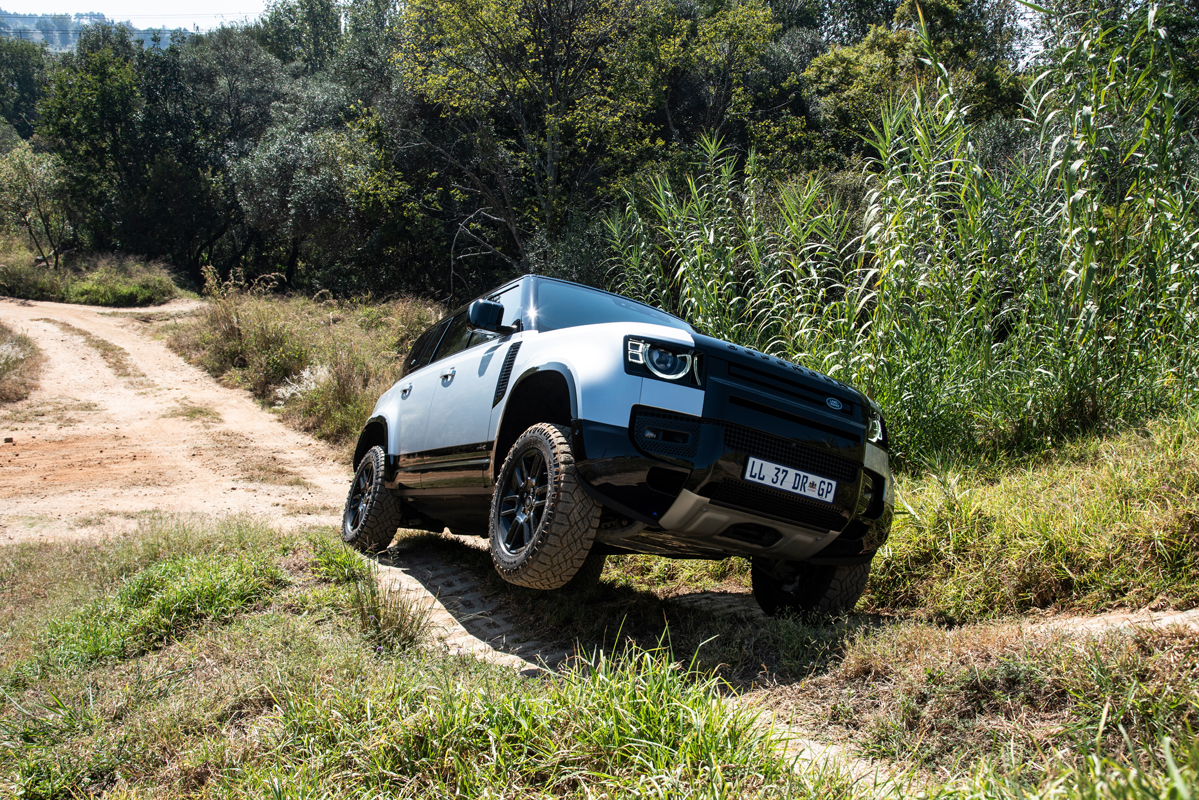
It’s the same on a downhill incline, complete with the completely counter-intuitive action of taking your foot off the brake pedal and again letting the electronics keep everything under control. Of course, hill descent control is nothing new and perhaps the composure of the Land Rover under such circumstances can be matched by rival 4X4s but that does nothing to lessen the sense of wonder.
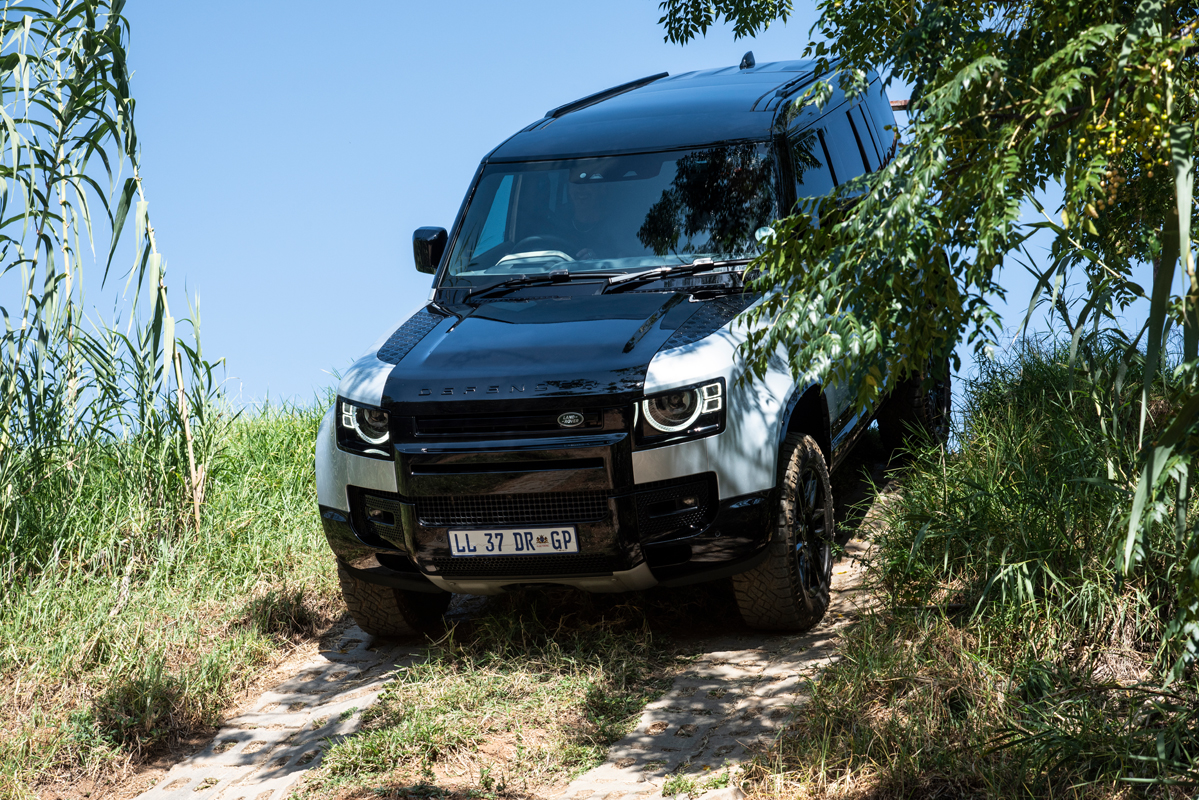
Another very welcome feature was the exterior camera system. One forward-facing camera underneath the front bumper and two downward/forward-facing cameras mounted on the bottom face of the side mirror housings prove invaluable when teetering on the lip of a precipice where the only view is the sky when you really need to be seeing what’s in front of you. Similarly, the side mirror cameras show the steering angle of the front wheels – information that is also repeated on the heads-up display in front of the driver – and the proximity of either front wheel to the edge of the trail. It quickly becomes second nature to drive while looking solely at the screen in the car rather than what’s happening outside the vehicle, like a pilot flying at night. Disconcerting at first, but incredibly useful.
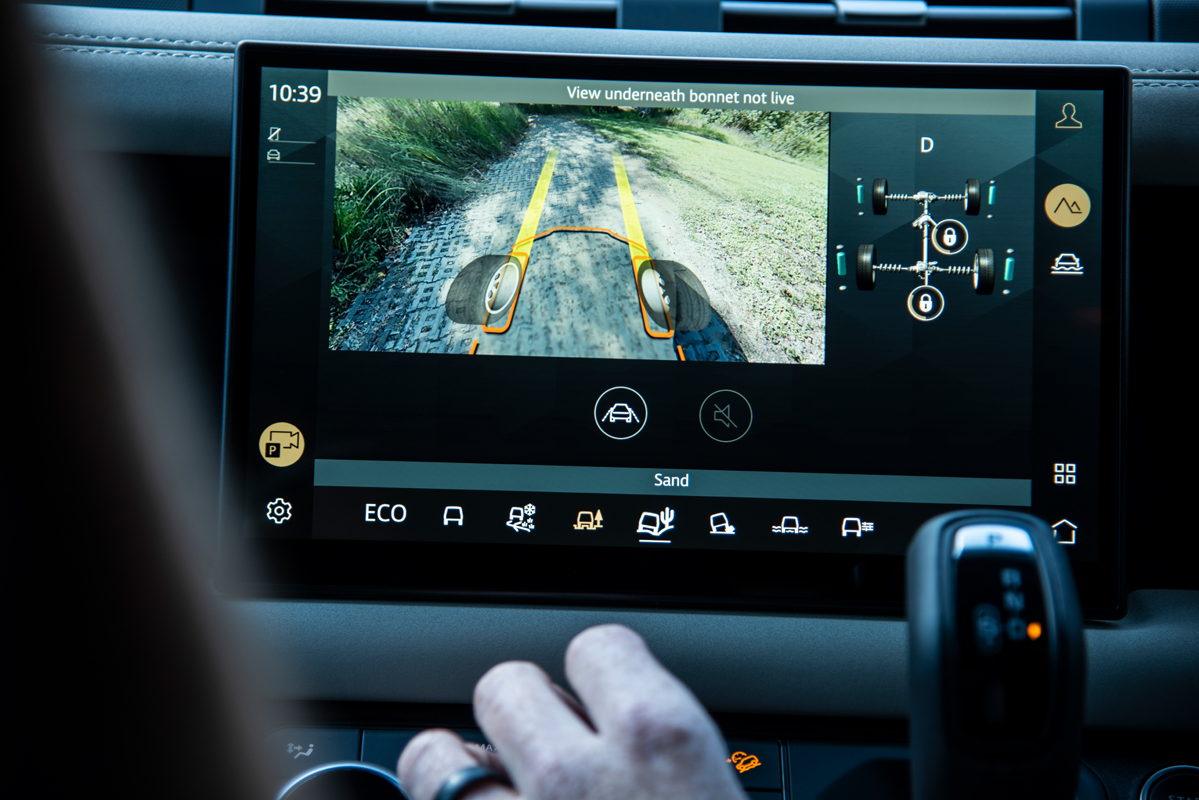
Another feature of the forward-facing camera is that it will tell the driver what is underneath the car at any given moment, by using the forward-facing camera’s images and extrapolating the detail as the car moves over what the camera has just seen.
It is difficult to think of any terrain or situation in which the Defender would be defeated, helped infinitely by the air suspension, that raises the vehicle at the push of a button and still gives an uncannily plush ride when driving on-road. The best thing about the electronics is that they still require the driver to have an understanding of how to drive off-road; the electronics simply work in harmony with the driver and are not intended to replace the human element, although, by extension, it is easy to see a time when the driver really would be superfluous, such is the pace of development of the electronic systems.
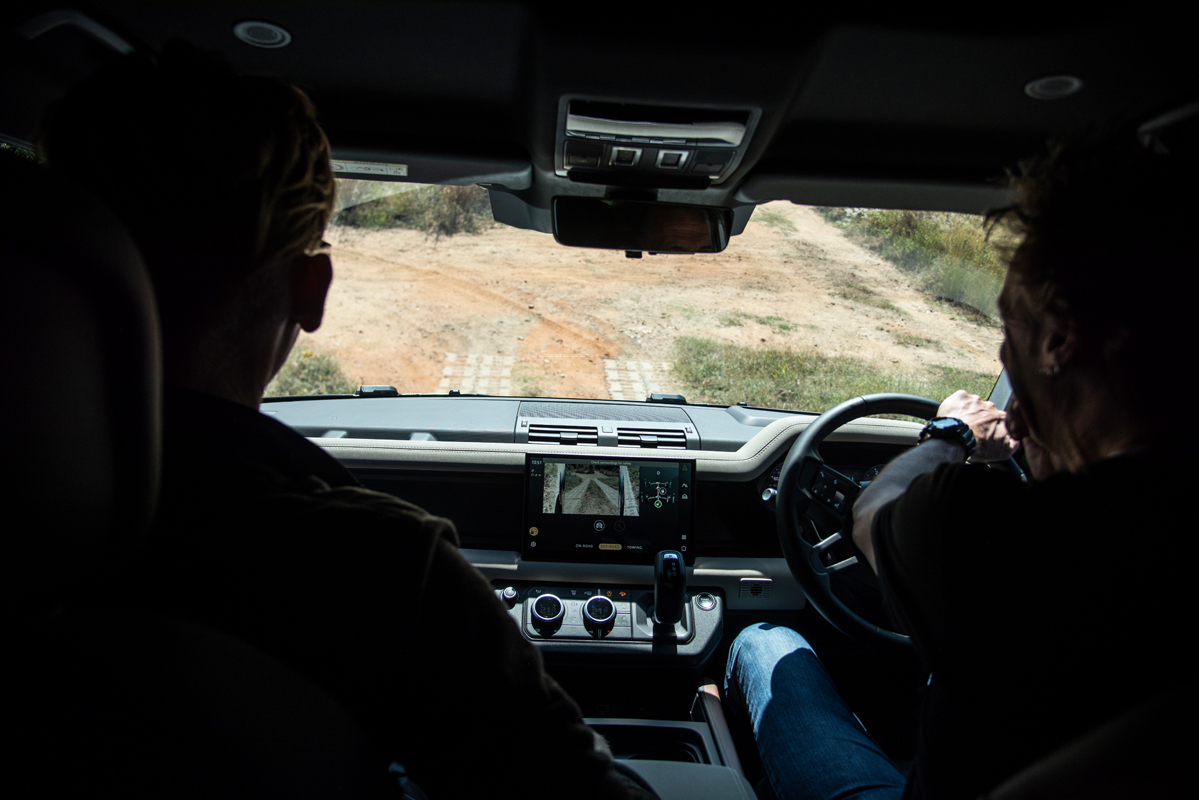
Luckily, while that may hold true for road cars, those who buy a 4X4 will always want to be in ultimate control, so hopefully the days of the autonomous 4X4 will never fully arrive. After all, you drive off-road by choice, so why would you want to have all the fun taken out of your hands?
As one who has been known to be vociferously against the increasing reliance on electronic systems in cars and bikes, I can still acknowledge their importance in today’s vehicles.
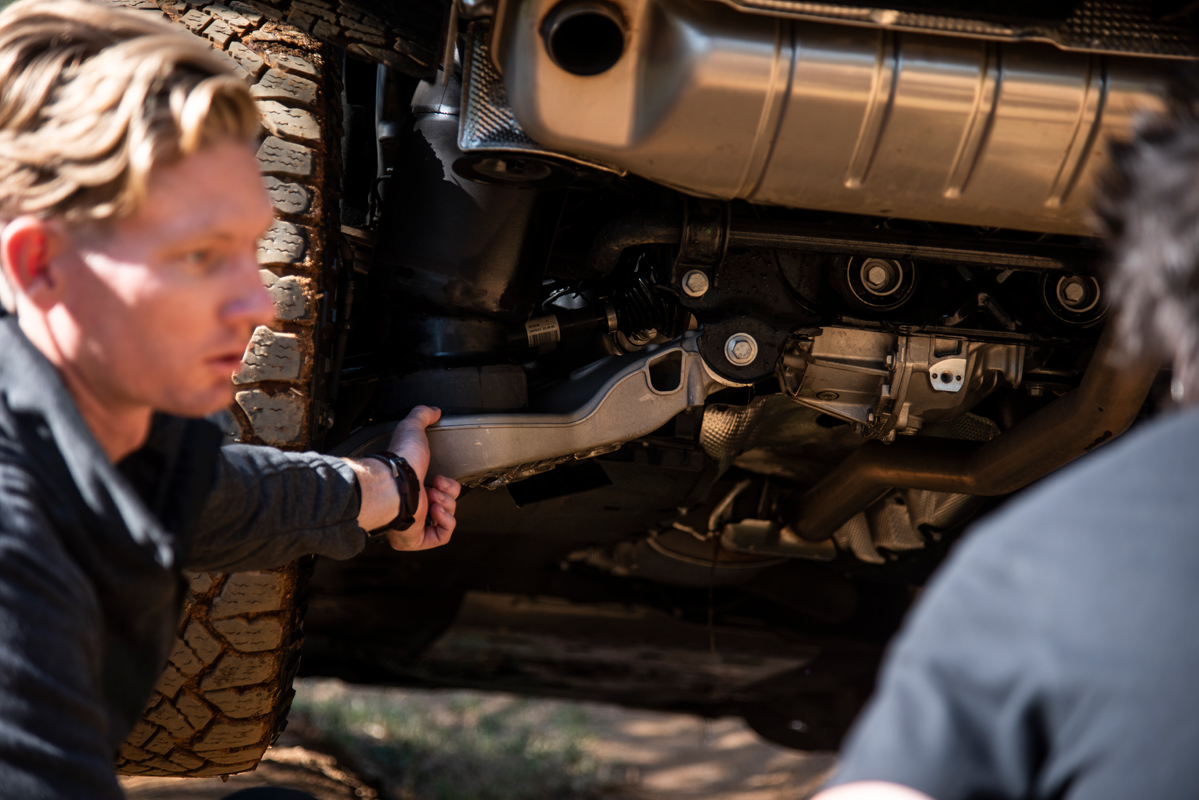
There are two ways of looking at it. The first says that the vehicles need so many electronics because they have become so big and heavy; the alternative says that vehicles have been able to get so big and, consequently, comfortable because of the electronics effectively managing the size and weight. There are pros and cons to both arguments but, after sampling the abilities of the Land Rover Defender, I have to admit that I am now firmly in the latter camp; the electronics don’t detract from the fun – they enhance it.
The only way the Land Rover Experience could have improved would have been the opportunity to head out into the wild unknown for a few days and let the Defender tackle everything that came its way, with no prior knowledge of the terrain. I suppose the only response to that is “Go and buy one!”
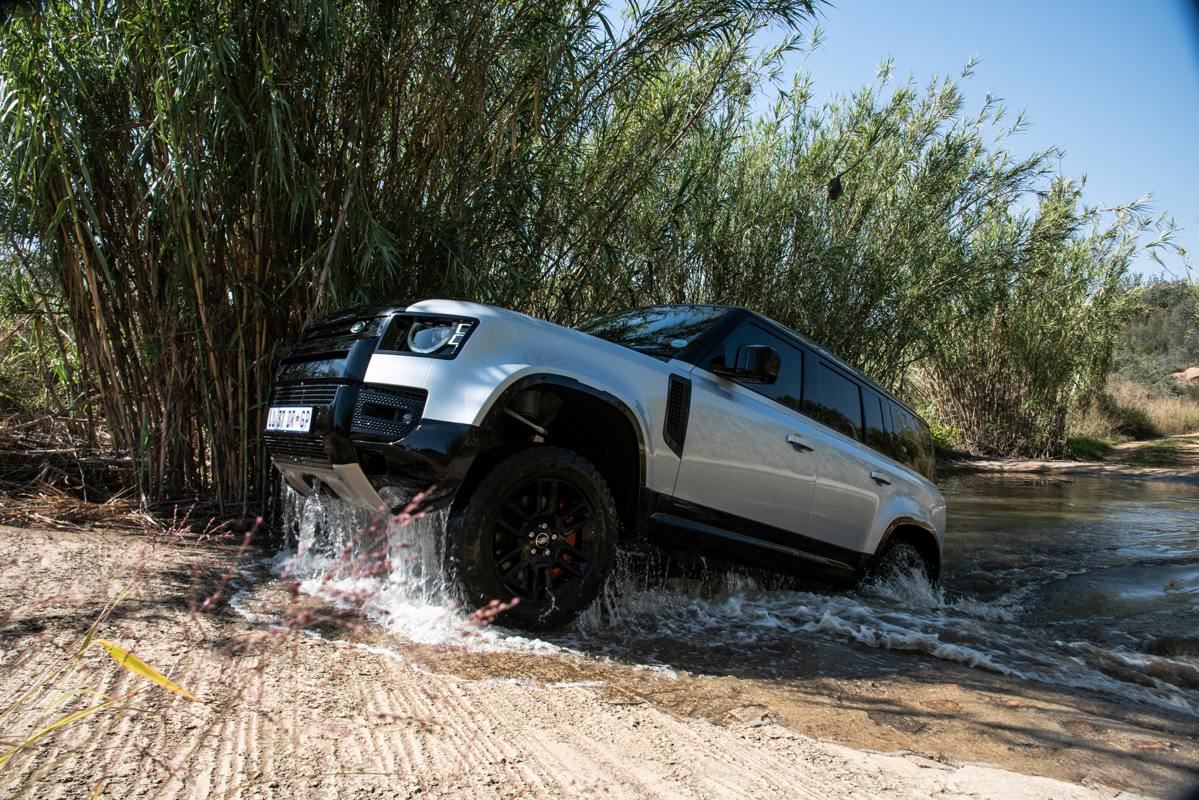
For more information on the Land Rover Experience and to book a session, visit www.landrover.co.za
Our thanks go to Jaguar Land Rover South Africa for the opportunity to broaden our horizons, in every sense of the word.




